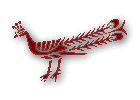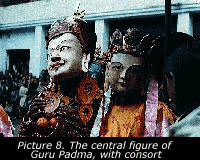 |
|
| ISSN 1084-7553 | |
| IJTS Vol. 1, No. 2 November 1995 |
|
| Editorial Note | |
| The Dance of... | |
| Setting | |
| The Tradition... | |
| The Guru... | |
| The Guru... | |
| The Tenth Day... | |
| The Eight Aspects... | |
| Conclusion... | |
| Computer Space | |
| News | |
| Letters | |
| Support The IJTS |
|
|
|
|
| Search |
|
| Register |
|
| Create Your Profile | |
| Recover Password | |
| Log In |
|
| Institutional Sub |
|
| none | |
| by Cathy Cantwell |
|
[This is a preview of the full page; if you are a member of the Asiatica Association and have access to the IJTS, please login using the box on the left menu; non members: please become a member to support the Asiatica Association, and get full access to our publications.] |
|
©1995-2006 Asiatica Association. All Rights Reserved
site development L. Magnocavallo / site comments E. Garzilli |
